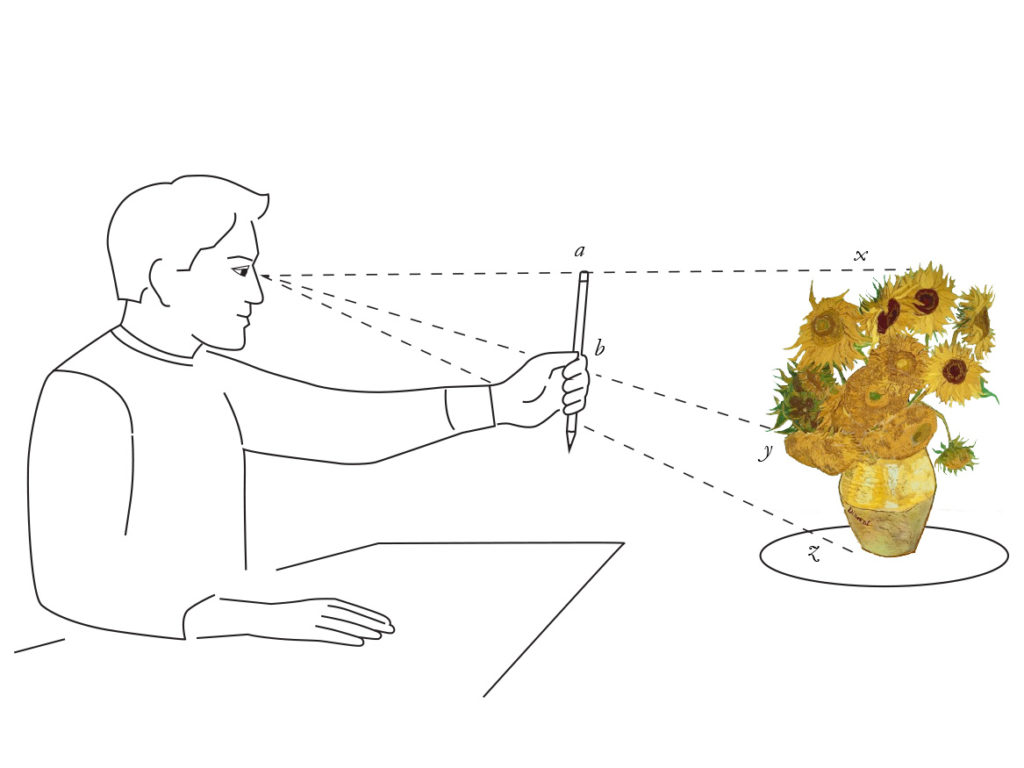
I used to hear the words ‘the client wants it yesterday’ a lot when I used to be in advertising. And for various reasons people in advertising succumbed to the pressure. This in turn led to clients crunching the timelines even shorter as years passed, while the ad industry diligently kept working harder at keeping deadlines, lowering the quality of strategic thinking, thereby positioning ad agencies as short-term ad campaign makers.
Though you may not be from the ad industry you may find yourself in a similar situation. Unfortunately, the temptation in such time-pressured situations is to use habitual responses to get started on the solution immediately. Since problem-construction feels like a waste of time, it’s the phase that gets sacrificed most often. In reality, it is the most important part of the creative process.
In the classic study on creative preparation conducted by behavioural scientists Jacob W. Getzels and Mihaly Csikszentmihalyi, they asked art students to create a still-life painting of an object, which was later evaluated professionally. The study found that students judged to have created the best work were those who spent the longest preparing – thinking about the object itself and how they were going to use it. When Mihaly returned to the same people 7 and 18 years later, he found that it was these measures of problem identification and construction that predicted the artists’ long-term success. Even 18 years later, artists who spent longer constructing the problem were more successful.
Says Jeremy Dean of www.psyblog.co.uk, “The choices made in the early stages have a massive impact later. That’s why spending longer thinking about the problem before you dive in is likely to lead to higher levels of creativity in the final product. Fools rush in where the more creative dare to tread.”
Needless to say, deadlines are part and parcel of constraints in any commercial work. Constraints bring out the best in us, but we need to give ourselves adequate time to analyze the problem well enough. That’s why before identifying the Behavioural Design principles to be applied to the challenge, we spend a substantial amount of time analyzing the product and customer data and map out the customer journey, whether the customer is a consumer, employee, investor or simply put, the user.
Source: Jacob W. Getzels and Mihaly Csikszentmihalyi – The creative vision: A longitudinal study of problem finding in art – Wiley New York 1976
S.M. Rostan – Problem finding, problem solving and cognitive controls: An empirical investigation of critically acclaimed productivity – Creative research journal 7, no. 2 (1994): 97-110